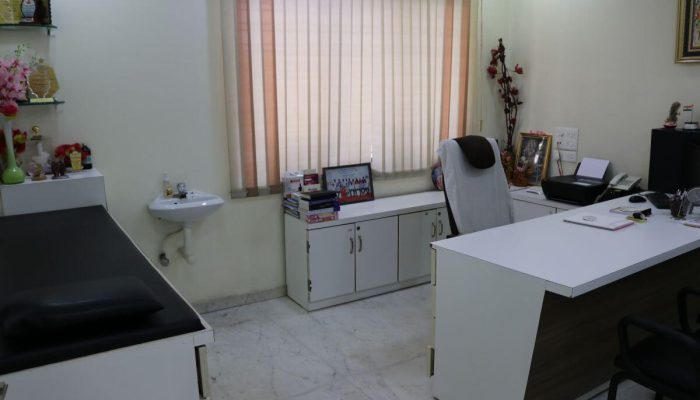Need Help?
On Mental Health Issues
ADHD (Autism Treatment), OCD (Anxiety Treatment) at Aasthaa comprehensive psychiatric care hospital.

Psychiatric Conditions
Depression Treatment, Delusional Jealousy Treatment, Panic Disorder Treatment at Aasthaa comprehensive psychiatric care hospital.

MENTAL HEALTH
Awareness for all the patients
Values, Respect, Safety and Privacy of every patient at Aasthaa comprehensive psychiatric care hospital.

Welcome to
AASTHAA PSYCHIATRIC CARE HOSPITAL
Best Psychiatrist in Nagpur!
Expert
Psychiatrist in Nagpur

Improving
Mental Health of the Patients
Psychiatry Conditions Treated
Depression
Depression is common psychiatric illness. Depression is a leading cause of disability worldwide and is a major contributor to the overall global burden of disease.
Depression Screening Questionnaire
डिप्रेशन स्क्रीनिंग टेस्ट
Obsessive Compulsive Disorder (OCD)
Obsessive-compulsive disorder (OCD) a form of anxiety disorder, which has pattern of unwanted thoughts and fears (obsessions) that lead you to do repetitive behaviours (compulsions).
Schizophrenia Treatment
Schizophrenia is severe psychiatric illness affecting one percent of population.
Delusional Jealousy
One of most common disorder which leads to divorce, domestic violence etc.
Panic Disorder
Panic disorder is characterized by frequent episodes of panic attack with inter episode anxiety symptoms. With passage of time patient might also develop fear of closed spaces or being alone.
पैनिक डिसऑर्डर
Anxiety Treatment
Cognitive behavioral therapy (cbt) is the simplest therapy of psychotherapy for anxiety (tension problems).
एंग्जायटी डिसऑर्डर / चिंता विकार
Psychosis
Experiencing psychosis? You are not alone. Learn the early signs, causes, and effective treatment options to support recovery and well-being.
Biopolar Mood Disorder
Living with bipolar disorder? Understand the cycles of manic highs and depressive lows, and explore effective management strategies for a balanced life.
ADHD
Struggling with focus and hyperactivity? Learn about ADHD symptoms, diagnosis, and powerful strategies to manage impulsivity and thrive in daily life.
AASTHA Hospital Facilities
We provide best facilities to outdoor as well as indoor patients in our hospital for Psychiatric Care / Mental Illness.
OPD (Outdoor Patient Facility)
Outpatient consultation at Ramdaspeth Clinic & also in Aasthaa Hospital.
IPD (Indoor Patient Facility)
Working with Family
Family work individual or group format.
Fortnight family group meeting.
What Patients are Saying
Lorem ipsum dolor sit amet, consectetur adipiscing elit. Ut elit tellus, luctus nec ullamcorper mattis, pulvinar dapibus leo.


Mental Peace.
We Take Care of What Matters You Most!
Psychiatrist in Nagpur, Sakkardara – Dr. Pawan Adatia



